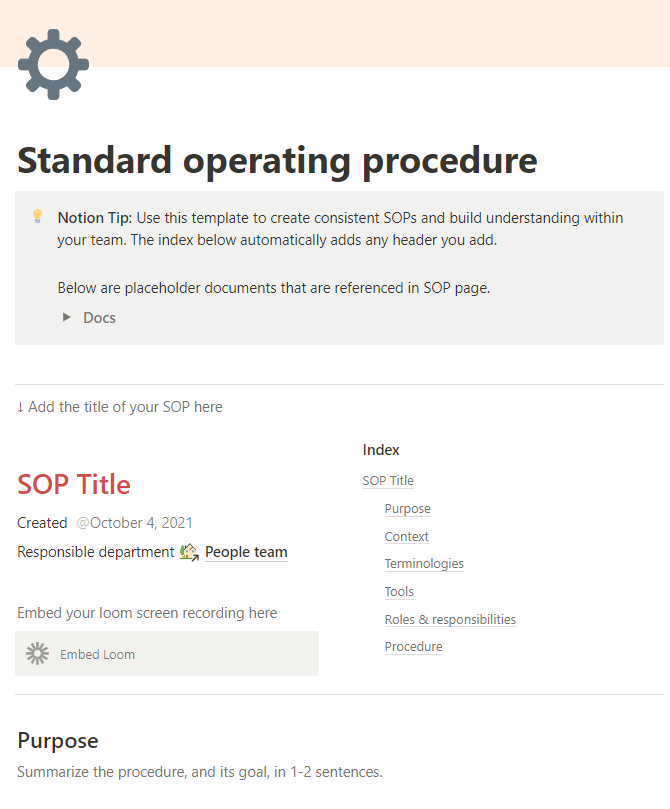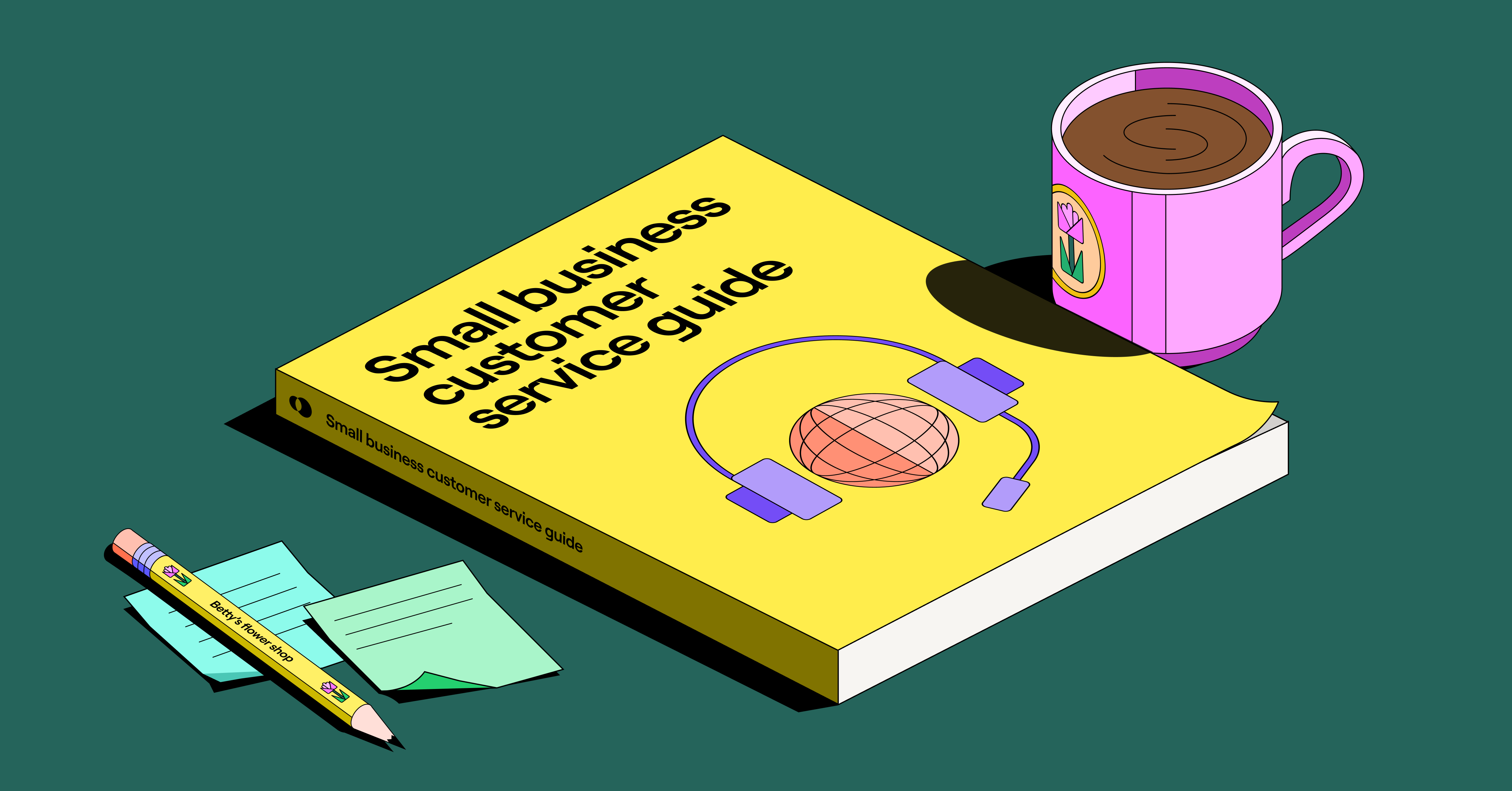At the Ritz Carlton, every employee, from housekeeping to management, can spend up to $2,000 per guest per day to resolve a problem without permission from a supervisor — and ensure they can deliver five-star customer service. For one Reddit user, this policy made his honeymoon night — with a free room upgrade, chocolate-covered strawberries, complimentary robes, and dinner — one to remember.
Though you may not have the resources of the Ritz as a small business, you can still provide stand-out customer service by empowering your employees and deploying the right strategies. We talked to Nykki Yeager, Founder of Flight CX and former Head of Customer Success at Figma, to find out how to do just that.
Let’s dive in.
But first, can poor customer service make your business fail?
Customer service is every touchpoint a customer has with your business, from discovery to the first time they do business with you and, most importantly, how they feel afterward.
“Exceptional service has the power to turn you from a casual shopper to a brand loyal ambassador,” says John Boccuzzi in a TEDTalk on customer service. He explains how the owner of an optical shop, Ruth, took the time to understand his routine, business needs, and preferences before recommending him a pair of glasses. Though he was unsure about the pair, the dozens of compliments he received on the way home changed his mind. Thirty years later, he’s still a loyal customer, telling people about the experience.
Customer service has the power to make your business thrive. Like customer relations, customer service is about personalization, making people feel seen as a person and not just a dollar sign, and reducing the amount of effort for the customer.
Unlike customer relations, customer service involves putting out fires as they happen, such as comping a customer’s dinner or giving them a discount when they’re unhappy. Together, customer service and customer relations make up the customer experience.
Here are a few more benefits of great customer service:
- Customer loyalty: While some customer churn is inevitable, good service can help prevent it. Giving your reps the freedom to surprise and delight customers is a great way to retain customers.
- Customer evangelism: Great customer service — including the way you talk to customers — makes customers feel seen and like they’re not just another number. This increases the likelihood of them telling a friend about your business.
- Customer feedback: Being more present and attentive to customers can lead to constructive feedback and surprising discoveries. You can learn how customers are using your product in potentially unknown ways.
7-step framework to create great customer service
Since small businesses can be limited on human resources, you out of necessity have to get creative and build support systems that scale. Here’s a breakdown:
Step 1. Meet customers where they are
First, you want to take stock: Are customers mainly emailing your support team? Texting? Calling? Do you have the tools and support people in place to support them?
“One of the most proactive things anyone could do is resource planning in terms of where and when are customers contacting us right now, and how are we matching that with the resources that we have available?” Nykki says.
To get started, you can conduct a customer preference survey or analyze historical data in your CRM for patterns on where people reach out most.
Step 2. Anticipate future growth and changes
Once you’ve reviewed customer engagement, review your business strategy to anticipate future growth — what it might look like and how you can prepare. Identify triggers for growth over the next year and beyond. Common event-based triggers include holiday seasons, product launches, and marketing initiatives. (Non-event-based triggers like regulatory changes or market saturation can also affect growth spurts, but those are harder — if not impossible — to predict.)
Indicators of growth spurts include:
- Increased call volumes
- Surging website traffic
- Positive customer reviews
- Increased discovery calls/leads
All of these events warrant forecasting numbers into the future and asking, What will volume look like? How are contacts going to grow over time as our business grows? How many people will we need to support that?
“That’s a big pitfall that many small businesses face as they grow — they don’t foresee the rate of change in the contact volume, and then they get on the back foot with everything. Then it becomes about reactivity and fighting fires in the support queue instead of zooming out and focusing on the process and the tooling that will help do that at scale,” says Nykki.
OpenPhone users can keep an eye on call volume by using the analytics dashboard. If they see an increase in call volume, it’s a good indicator to prepare your team.
Step 3. Take time to be proactive
“You can’t drop all of the reactive nature of the work when you’re overloaded. So mindfully carving aside even a fractional amount of time can help you set up new tooling or tighten up your process,” says Nykki.
Schedule time to look up trends in your niche and what customers are beginning to expect. For example, self-service options are becoming more popular, with 58% of customers reporting using self-service for simple issues in 2022, compared to 43% in 2020, reports Salesforce.
Using this information, implement systems to meet your customers’ expectations. This way, you can tweak and experiment before customers’ nice-to-haves become must-haves.
Nykki recommends the following steps to get started:
- Allocate time for documentation and self-serve materials because issues can start small and then snowball.
- Have a clear customer follow-up system after any exchanges with your contacts.
- Encourage cross-departmental collaboration. Your reps will encounter issues they can’t always resolve, and having other people to rely on can prevent a customer from leaving.
Step 4. Start documenting from your first hire
Documenting your current customer service procedures gives your team a solid foundation. It will help you establish or refine your framework, facilitate training, and ensure consistency during growth spurts. The documentation process can also help you identify gaps in your existing systems.
“As soon as you onboard your first person, if you’re the expert or the leader and you’re bringing in someone new, you’ll have to transfer knowledge to them. Usually, that’s done in informal, one-to-one ways. But if you took the extra bit of mindfulness and time and wrote that down — you’d have it forever,” Nykki says.
You’d effectively be training a new person and, simultaneously, getting them to contribute to the long-term learning of everybody who comes in.
As a result, new hires can hit the ground running, FAQs can be easily accessible, and you build a repertoire of referenceable experiences — all that translates to a dependable customer experience.

Here’s an SOP template to get started!
Step 5. Avoid escalations: Equip your team with tools and resources
Talk to reps to understand what customers are demanding and where bottlenecks occur. Then, give them resources and tools to resolve issues as quickly as possible.
“Support reps should be empowered with most of the same toolkit as managers, whether it’s discounts, reconciliation funds, or things of that nature that allow them to be agile in solving and using their judgment (rather than the compliance/rule-following).
“For example, give customer support reps a budget to solve problems. Something like a $10 discount shouldn’t need a manager to review it,” says Nykki.
This also creates an incredible opportunity for evangelism.
“The more quickly and easily you can solve a customer’s issues, the more likely they are to evangelize. There’s also the philosophy of doing something extra and anticipating their future needs and making it into a unique, personalized experience that adds a little more cost but can set the interaction apart. That all comes down to empowering the team with tools and then training them to recognize those opportunities,” Nykki says.
Besides important emotional moments, there are a few proactive ways to encourage evangelism:
- Use loyalty programs: Reward loyal customers with exclusive offers, discounts, or early access — motivating them to share their positive experiences and refer others.
- Encourage reviews: Ask customers to leave reviews or testimonials about their experiences to build trust with potential customers.
- Foster customer communities: Create a space where customers can connect, share experiences, and offer advice. This can lead to organic advocacy.
- Develop training around tense situations: Turn tense situations into delightful experiences is possible by training your team on de-escalation techniques for customer service.
Step 6. In the event of an escalation…have a process
“Escalations should be rare because, ideally, your customer support team is equipped with the tools and resources [they need]. The worst thing is when a customer asks to speak to a manager and gets a different answer to the same question, or they get special treatment because it trains customers to escalate,” Nykki explains.
To prevent this, have category-based SOPs in place. Common categories include:
- Technical difficulty: You may have a complex product that has different areas that a rep needs to learn over time.
- Emotionality and sensitivity: For example, a customer has an allergic reaction to a beauty product.
- Automatic red flags: A customer threatens a lawsuit.
“We want to train those agents to handle any type of ticket while maintaining the realistic perspective that they won’t always have that ability.”
Nykki says to ensure your SOPs include:
- Leading indicators so customer service agents can identify potential escalations
- A list of available managers, product heads, or legal team members to be contacted for sensitive matters
- Pre-qualification questionnaire to ensure a potential escalation gets in front of the right eyes
Step 7. Decide how to measure the customer experience
Support teams are usually too busy putting out fires to measure customer experience. But if you’ve followed this guide so far, you’ll no longer be dealing with customers reactively. This should give you a head start on measuring customer satisfaction. Here’s how (according to Nykki):
- Run a survey to collect qualitative commentary for customer satisfaction scores.
- Sort responses into drivers of satisfaction and dissatisfaction.
- Work cross-functionally to address dissatisfaction.
But not all indicators are created equal, and knowing your business goals will put you on the right track. For example, if your business goal is decreasing cart abandonment, your reps should measure support tickets generated at checkout.
Craig Stoss, a customer experience expert, explains, “Measuring how the customer receives value and measuring how the rep performs are two very different things.” For example, customers may value a fully refunded order, but reps may be penalized for spending money on refunds. To avoid such situations, ensure your KPIs align with how customers perceive value.
Deliver better small business customer with the right apps
Rolling out a framework is no easy feat, and that’s where tools come in. Check out our picks for the best customer service software for small business.

